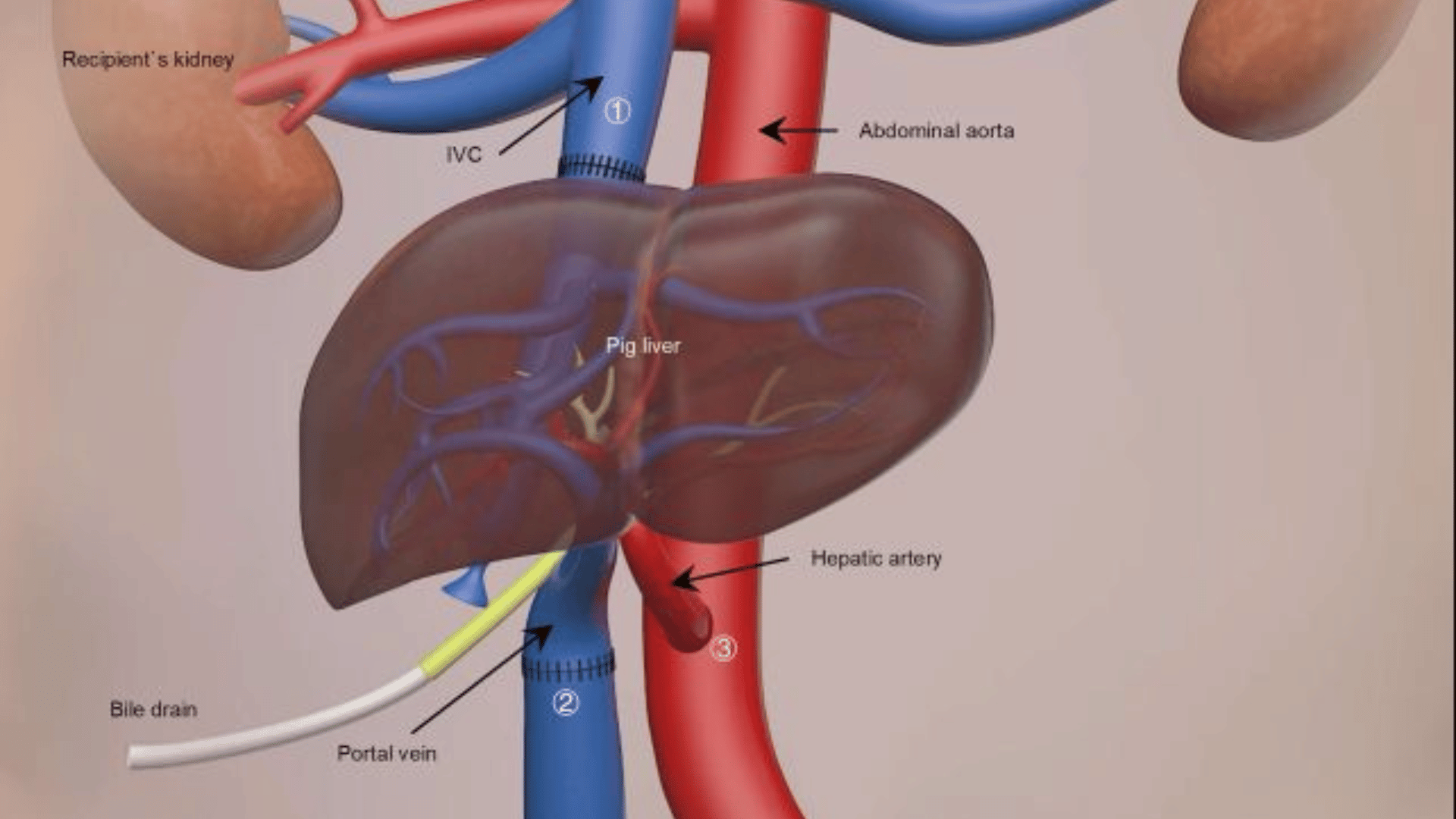For the first time, a modified pig liver was transplanted into a human patient and functioned normally for a period of 10 days with no signs of rejection.
Xenotransplantation

According to a team of doctors, the liver performed its basic metabolic functions in a patient diagnosed with brain death. The success of the procedure offers hope for patients with late-stage liver disease when transplants are the only treatment option.
“This is the world’s first case of a transplant of a genetically modified pig liver into a brain-dead human,” says nephrologist Rafael Matesanz of the National Transplant Organization in Spain, who was not involved in the research.
“This is an important experiment, which opens up a different path to what has been tried so far in both vital organs (heart) and non-vital organs (kidney), such as the temporary replacement of the diseased liver until a human liver can be obtained for the definitive transplant.”
A potential solution for patients waiting for organ transplants is xenotransplantation, which uses an organ from a genetically modified animal as a temporary ‘bridge‘ until a compatible human donor becomes available. Clinical trials of this method have had some previous success, including a genetically modified pig liver that was successfully transplanted into a brain-dead patient’s body for three days in 2023.
Pig Liver

Many scientists were skeptical about using this method with a liver because the fats, proteins, and glucose produced by a pig’s liver could provoke a strong and difficult-to-suppress immune response in humans. To combat this, the team of researchers focused on six genetic modifications which each aimed to minimize immune reaction.
The transplant wasn’t a complete replacement of the patient’s liver but rather an auxiliary transplant. The original liver was left intact, and the pig liver was placed in a different position in the abdominal cavity, connected, and monitored. The patient’s family requested that the study be concluded after 10 days, but the liver remained functional for its duration.
“The study represents a milestone in the history of liver xenotransplantation, describing for the first time a transplantation of a genetically modified porcine liver into a human being (in this case, a brain-dead human),” says neuropathologist Iván Fernández Vega of the University of Oviedo, who was not associated with the research.







